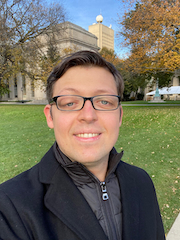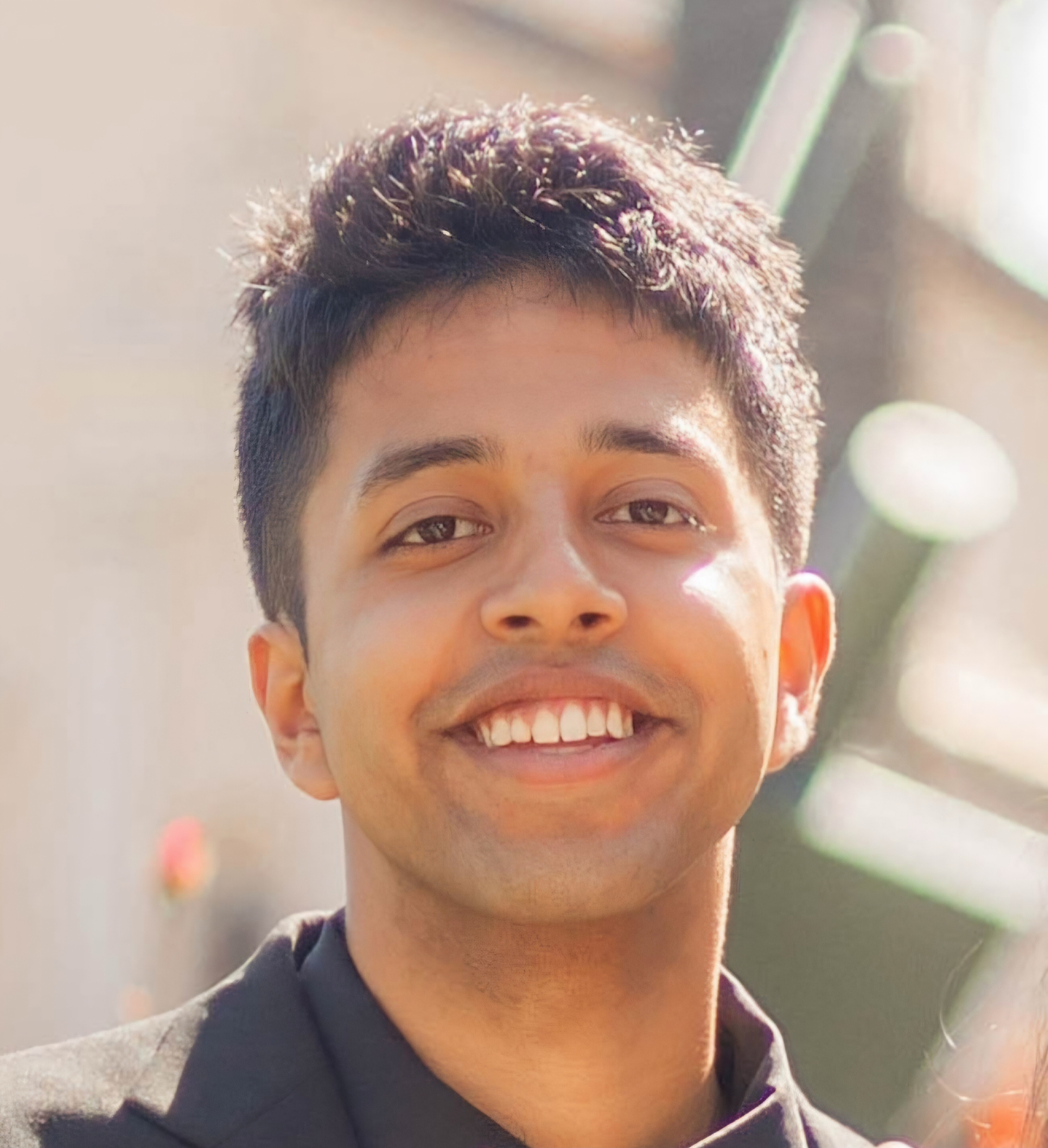Principal Investigator

Jianshu Cao
jianshu [at] mit.edu
Our group develops theoretical models for understanding the structure and dynamics of complex molecular systems. Establishing relationships between these models and experimental observables allows us to explore new ways of describing chemical and biological processes on multiple time and length scales.
Postdoctoral Associates

Philipp Stegmann
psteg[at]mit.edu
My research focuses on the statistical analysis of stochastic processes such as photon emission, spin and molecular dynamics, and quantum transport. The central objective of my research is to develop and establish mathematical schemes to deduce new and previously hidden information from measured statistical data. Especially, I am interested in finding hidden states, interaction, correlation, non-Markovian effects, and quantum corrections as well as in compensating the impact of measurement imperfections.

Ilia Tutunnikov
ilia.tutunnikovk[at]weizmann.ac.il
Postgraduates
Evan Piephoff
depiepho[at]mit.eduRecent advances in condensed-phase spectroscopy have afforded single-molecule analysis, which lends itself to unique insights into dynamic molecular behavior. On the theoretical front, single-molecule kinetic processes can be described by several equivalent stochastic formalisms. Initially developed for renewal processes (those with a single type of monitored transition), the self-consistent pathway framework is one such formalism of particular interest because it can describe generic kinetic schemes in terms of measurable waiting-time distribution functions of arbitrary form (i.e., constituent transitions need not be Poissonian). The focus of my current research is on extending this formalism to non-renewal processes, such as enzymatic turnovers with conformational fluctuations and fluorescence with multiple emission states, and characterizing the information content, including the non-Markovian memory effects, of such signals in terms of measurable parameters.
Visiting Students

Ishaan Ganti
ishaan_ganti[at]brown.eduQuantum optics explores the interactions between light and quantum particles, underpinning vital technologies like quantum dots and photonic quantum computing gates. Understanding the properties of models involving two-level atomic systems coupled to a quantized cavity mode is critical. My research focuses on cavity polaritons and includes the Dicke, Tavis-Cummings (TC), and Pauli-Fierz (PF) models, aiming to understand the root causes of their differences in dynamics via statistical (e.g. photon emission analysis), numerical, and analytical methods.
Undergraduates
Andrew Wu
aswu[at]mit.eduQuantum information theory is a unique and powerful way of applying computational techniques to physical systems as a means of obtaining an understanding of the underlying dynamics governing a given system. First introduced in 2014, the Transfer Tensor Method(TTM) allows for extrapolation of arbitrary short-time quantum dynamic information into theoretically infinite time with error bound only by the amount and quality of short-time information. My current research focuses on extending the TTM via the discovery of new techniques for computing long-time statistics (e.g., the decay rate and steady state), as well as finding applications of computational symmetry to reduce the complexity of applying the TTM.
SMART Program (Singapore)


